Walls and Windows
by Heather Shayne Blakeslee
We’ve long debated what makes us human. But as our understanding of other species becomes richer and more complex, brick by brick we’re dismantling the imaginary wall that separates us from the natural world.
We’ve learned that we are not the only species to have verbal language (whales), emotions (cows) or self-awareness (magpies). Other species use medicine (sheep), build housing (beavers), solve math problems (dogs), have social rules and are offended by a lack of fairness (chimpanzees), the latter of which we’ve attributed to a moral compass in our species, but it turns out to be basic biology. Not all species share these traits, of course—but even one other distant relative who also mourns their dead (such as elephants) or performs an activity out of sheer joy (such as dolphins) should help unite us with our fellow Earth dwellers.
We do hold the distinction of being best equipped to dominate whatever habitat we’ve claimed. According to the venerable biologist E.O. Wilson, Homo sapiens exist alongside a dozen or so other species—among the millions on the planet—that have been so successful. Our brethren include ants, termites and a handful of marine species.
In his book “The Meaning of Human Existence,” Wilson gives us a window into what makes this subgroup special: Each of these super species nests, and also cooperates within a societal structure. If you think about the similarities between a city and an ant colony, you will start to visualize our kinship. We have collectively decided to make a go of it in certain places that are hospitable to our survival and then divided up our labor and resources—in the case of humans, not exactly evenly.
There are massive differences among these species, of course. Our ability to reason is more advanced, as is our ability to communicate complex abstract concepts. Termites can build subterranean nests, arboreal nests and nest towers that are 30-feet high—but they’ll never have Paris.
But as with any trait that gives you advantage, it can also be your downfall. Too good at cooperating and at building structures? You may think that there are no limits—that an unlimited number of you can live anywhere on the planet.
But we’re building houses of cards: We continue to cover up our swamplands with concrete, build houses next to the ocean, and live in climates where extreme heat or extreme cold require extreme amounts of fuel to keep us alive. In doing so, we pump more carbon into the atmosphere, exacerbating the climate change that has taken aim at the houses we’ve built on sand.
Our perceptions of safety and abundance are comforting but fanciful notions. Perhaps what makes us human is our ability to say, “It’s fine!” as the house falls down. But that’s getting harder to do as the hurricanes grow more destructive, as each drought brings more political destabilization and as each ensuing refugee crisis grows more volatile and heartrending. We can see more clearly that we’ve altered the planet’s chemistry—and that we are losing people and whole cultures as a result.
We have tried forever, in both spirit and practice, to wall ourselves off from nature, and each other. How long we continue to do so will be the window through which future humans take the measure of our species.
The time is here to use our abilities in the service of better city planning that takes into account social equity and the limits of place, for better building codes that help us mitigate and adapt to climate change, and for energy-efficient design that keeps carbon emissions to a minimum—all initiatives underway in Philadelphia. We are up for the challenge. We must be.


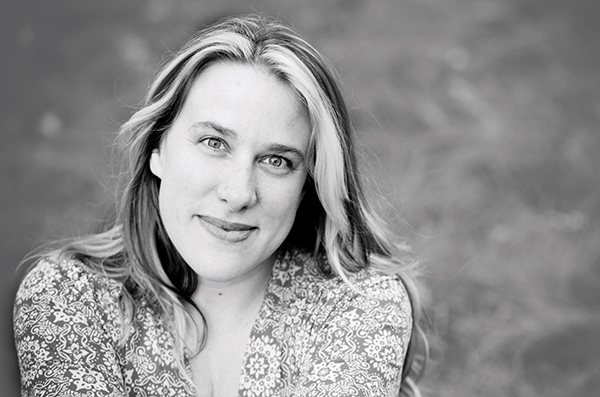


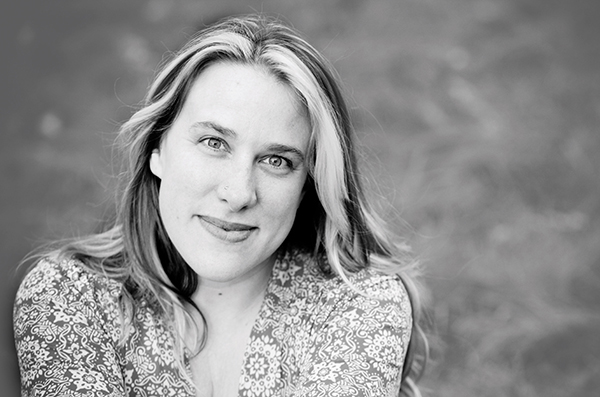
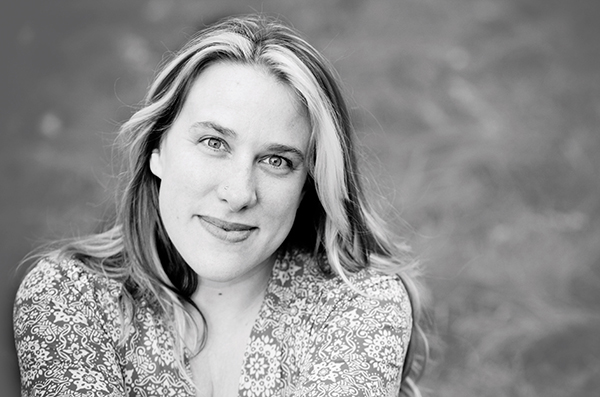
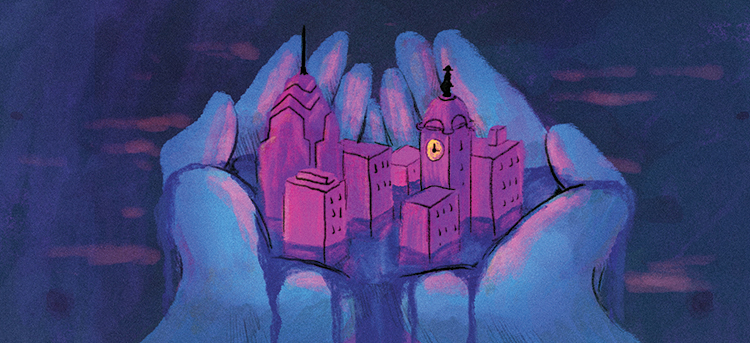
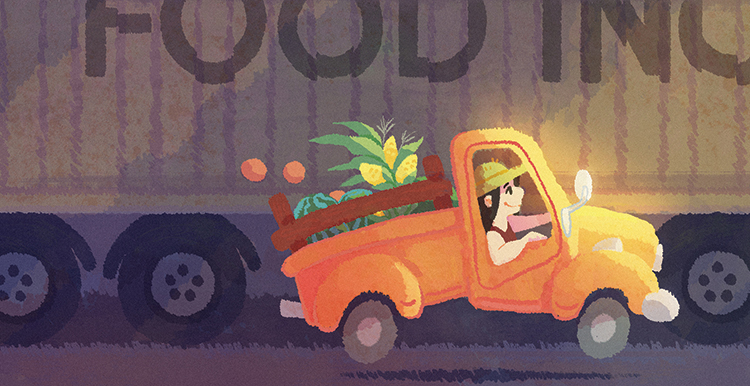
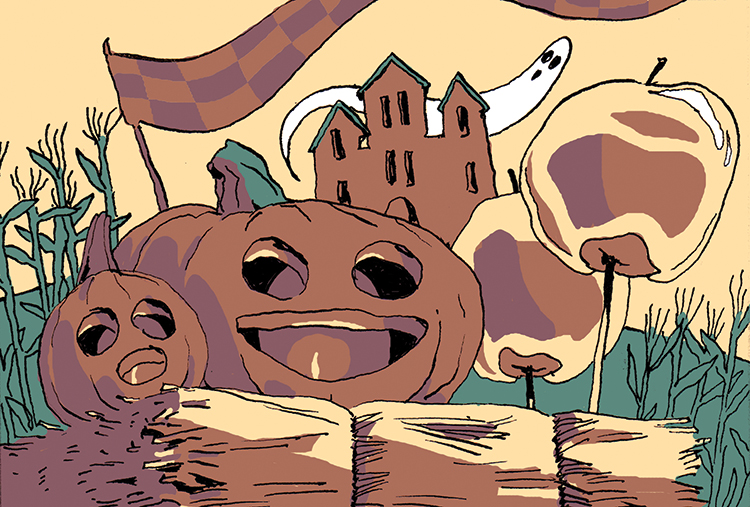
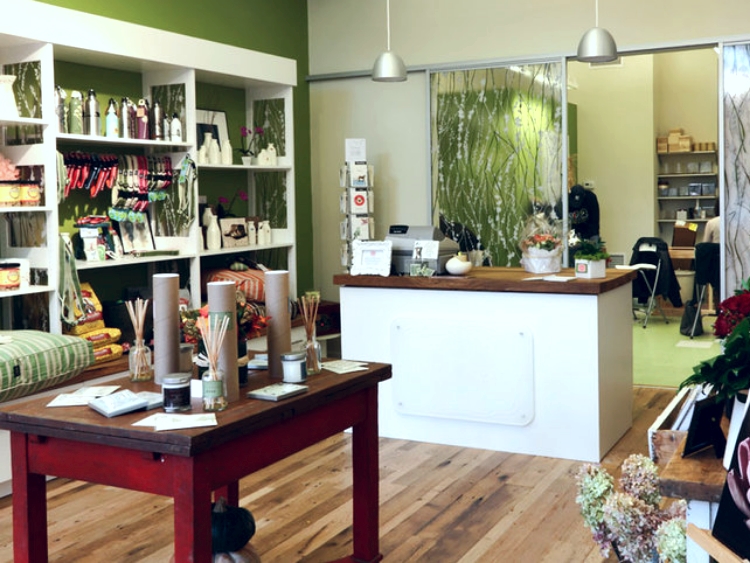

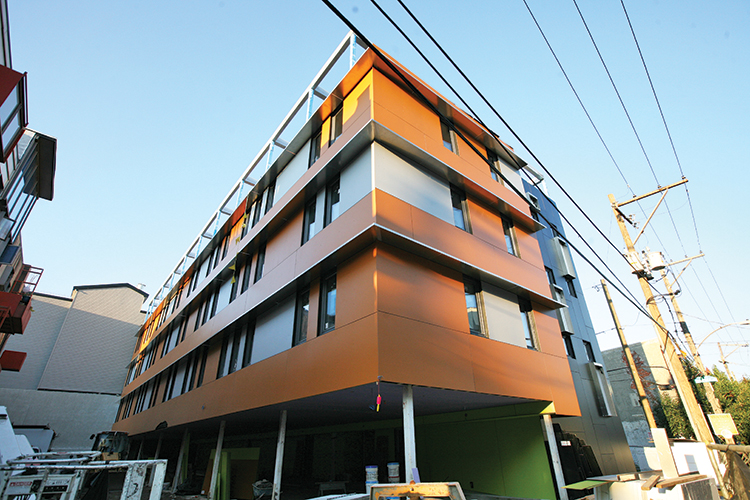
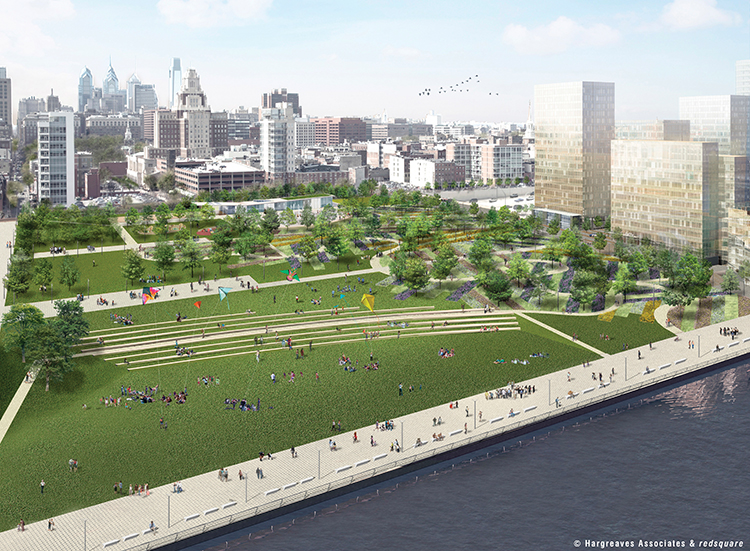
This is the most succinct statement I’ve read in a very long time of what it means to be a human being living in a specific place as a participant in the natural world. Such words benefit from being followed by the ones that emerge naturally from the viewpoint presented: ceiling insulation, caulk, sweaters, walking, biking, windmills, recycling, conservation, local, interdependence, sharing.